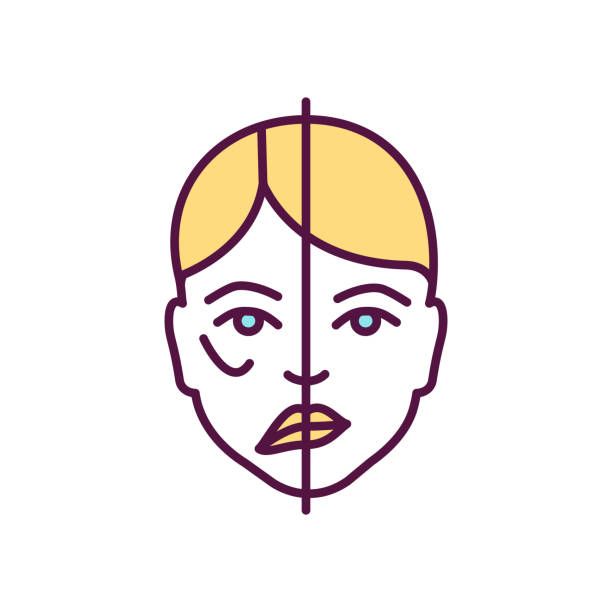What Causes It?
Congenital factors:
Hemifacial microsomia - Underdevelopment of one side of the face, particularly affecting the ear, jaw, and soft tissues.
Craniofacial microsomia - A broader term encompassing various degrees of underdevelopment in structures derived from the first and second branchial arches.
Cleft lip and palate - Can cause asymmetry of the lip, nose, and maxilla (upper jaw).
Craniosynostosis - Premature fusion of skull bones affecting facial symmetry.
Genetic syndromes - Treacher Collins syndrome, Crouzon syndrome, Apert syndrome, and others.
Developmental causes:
Differential growth - Uneven growth rates between right and left sides during development.
Habits - Prolonged unilateral chewing, sleeping consistently on one side, or thumb-sucking.
Malocclusion - Uneven bite relationships affecting jaw development.
Acquired causes:
Trauma - Facial fractures, soft tissue injuries, or burns affecting one side.
Surgical interventions - Previous facial surgery with asymmetric results.
Bell's palsy or facial nerve palsy - Weakness or paralysis of facial muscles on one side.
Temporomandibular joint (TMJ) disorders - Affecting jaw position and movement.
Tumors or growths - Causing displacement or enlargement of structures on one side.
Radiation therapy - To the face during childhood can affect growth.
Muscular conditions:
Hemifacial spasm - Involuntary contractions of facial muscles on one side.
Masseter hypertrophy - Enlargement of the jaw muscle, typically from chronic clenching or grinding.
Facial muscle atrophy - Loss of muscle volume on one side.
Aging-related:
Asymmetric volume loss - Different rates of fat or bone loss between sides.
Uneven skin laxity - Differences in skin elasticity and sagging between sides.
Signs & Symptoms
Physical manifestations:
Visible difference in size or position of facial features when comparing right and left sides.
Uneven positioning of eyes, eyebrows, or ears.
Asymmetric nasal shape or deviation of the nose to one side.
Differences in cheek prominence or fullness.
Uneven jaw position, with the chin deviating from the facial midline.
Asymmetric smile or lip movement.
Uneven hairline or facial hair growth patterns.
Functional implications:
Difficulty with normal jaw function or bite alignment (malocclusion).
Challenges with chewing or speaking clearly.
Increased strain on the temporomandibular joint (TMJ) leading to pain or dysfunction.
Vision issues if orbital (eye socket) asymmetry is significant.
Breathing difficulties if nasal passages are affected.
Hearing differences if ear structures are involved.
Psychological and social impacts:
Self-consciousness about facial appearance.
Social anxiety or avoidance behaviors.
Impact on self-image and confidence.
Potential for bullying or unwanted attention, particularly in children and adolescents.
Associated symptoms in specific conditions:
Pain or clicking in the jaw (with TMJ disorders).
Headaches or facial pain (with muscle imbalances or malocclusion).
Numbness or altered sensation (with nerve involvement).
Progressive worsening over time (with certain developmental or acquired conditions).
